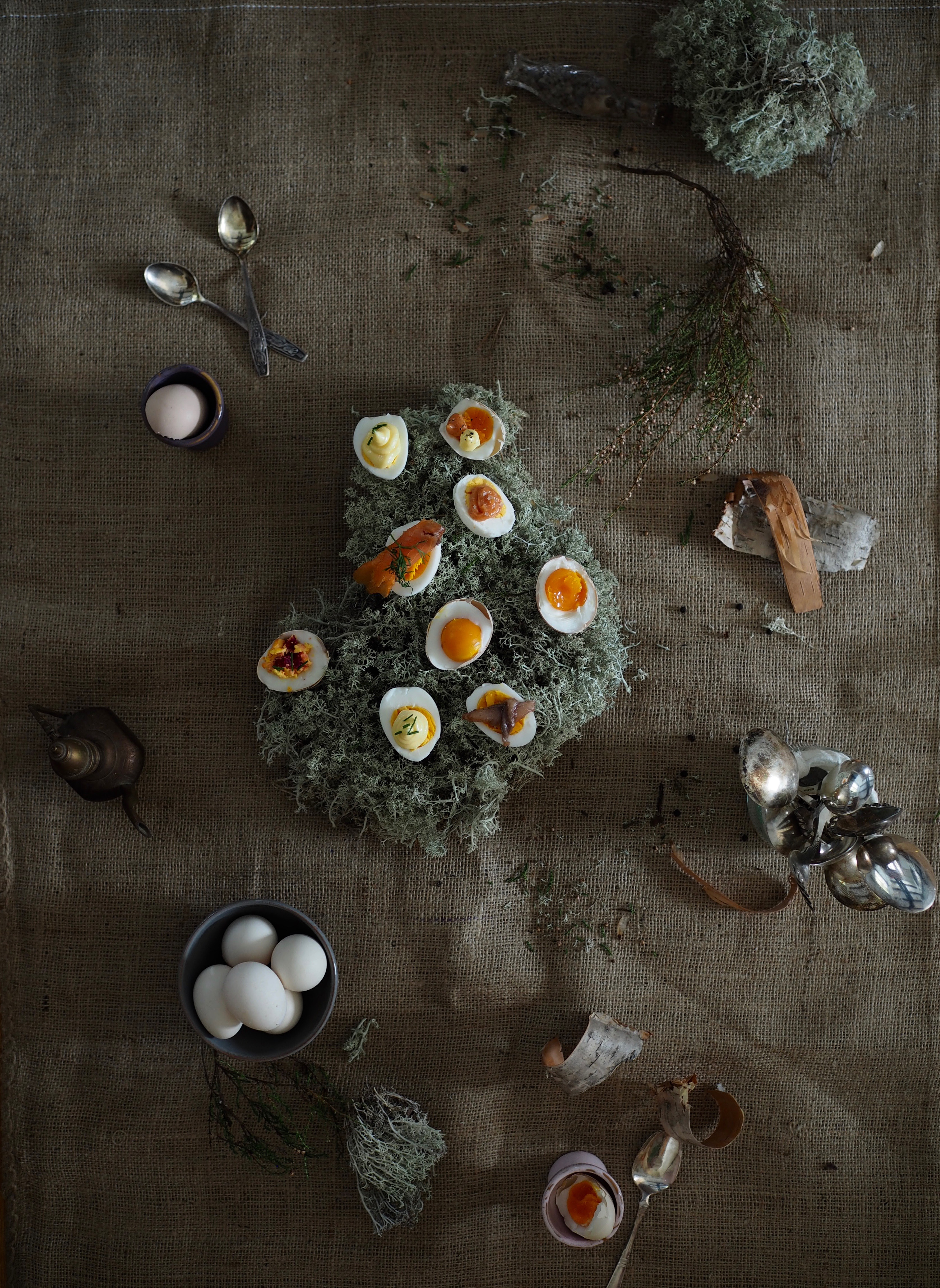
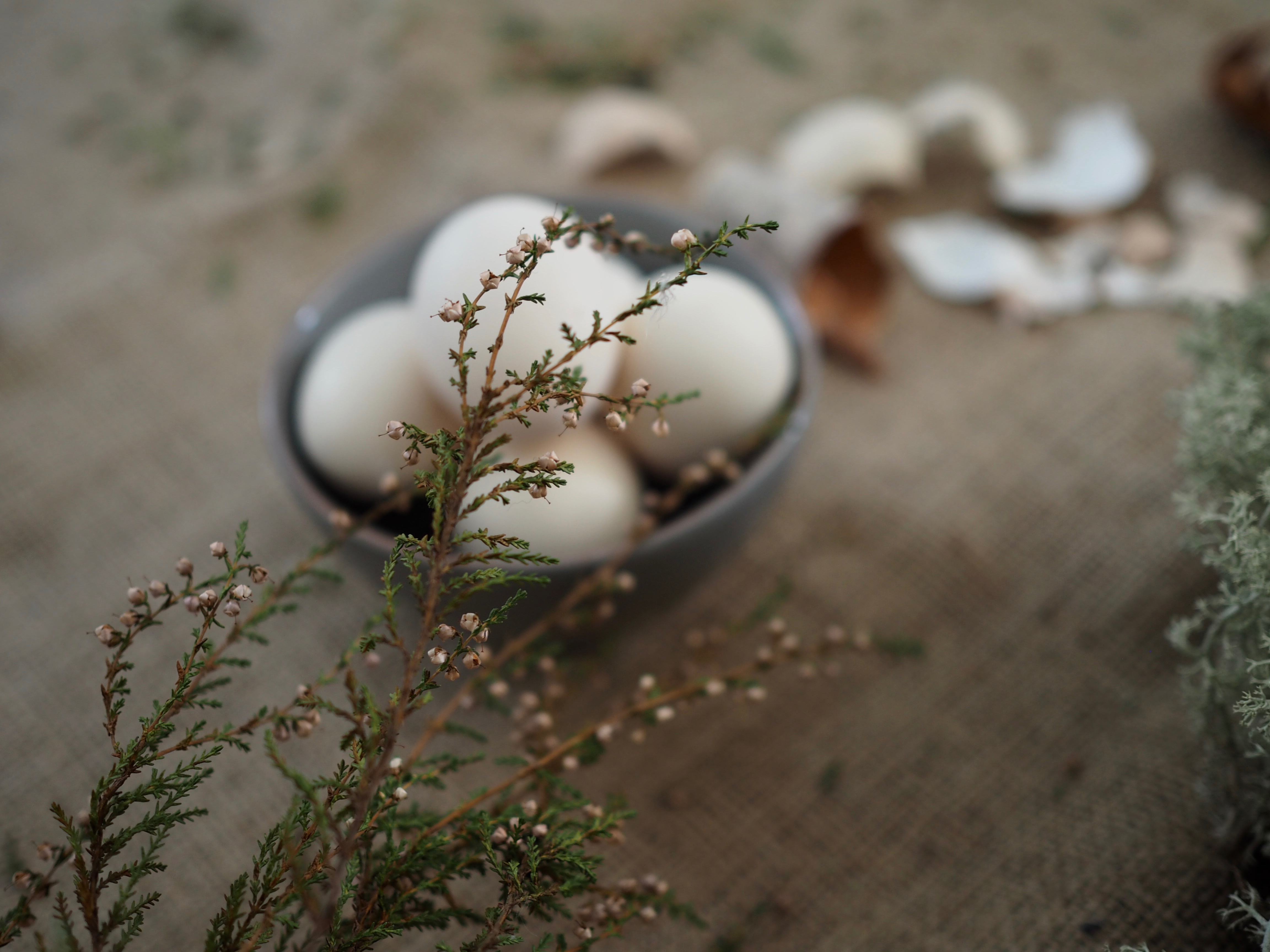
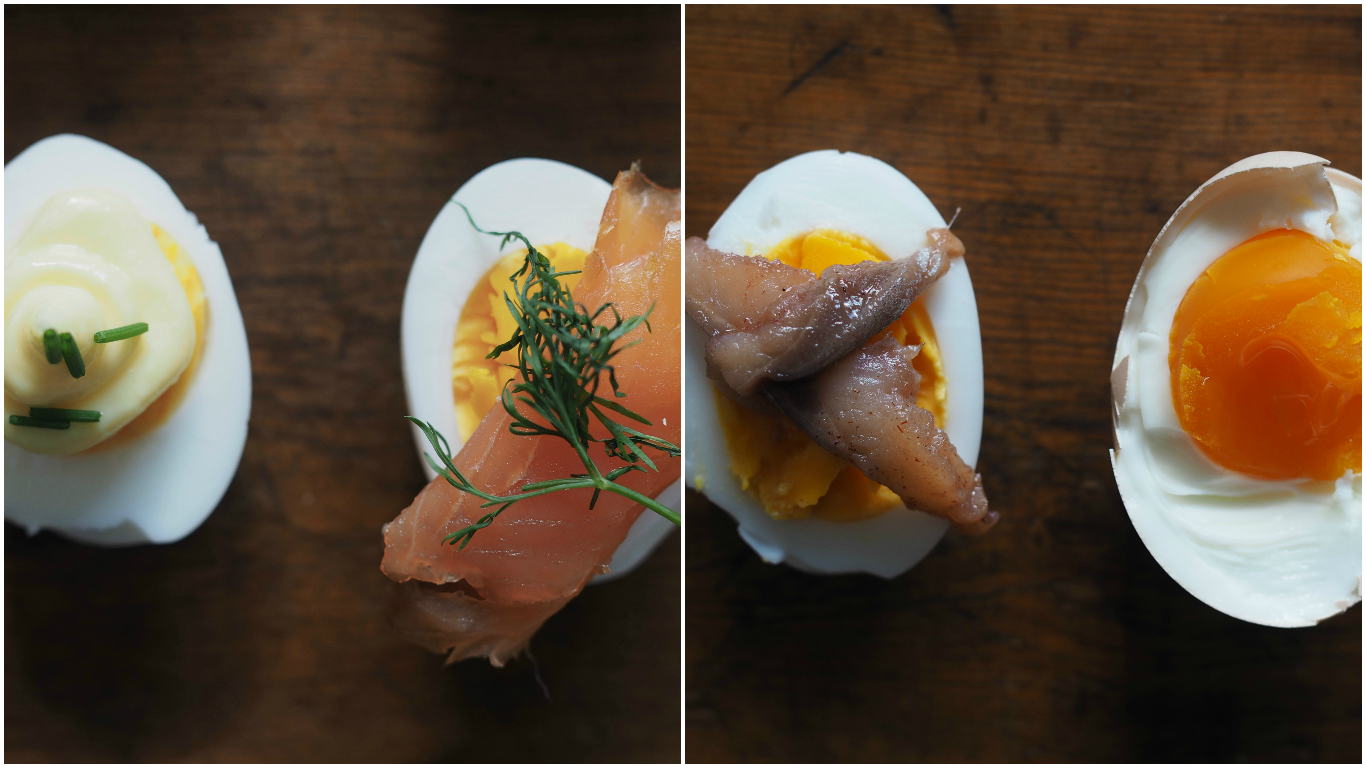 As the sun rises, I find myself in the room I grew up in. The interior may have changed over the years I have been gone, but the memories have been imprinted across the walls, something that new paint cannot erase.
As the sun rises, I find myself in the room I grew up in. The interior may have changed over the years I have been gone, but the memories have been imprinted across the walls, something that new paint cannot erase.
Yearning for the new day, as every morning person does, I walk down to my favorite room in the house. Mom’s already in the kitchen. Stove warming, coffee brewing. Eggs being cracked along a well-worn bowl. Our family traditions are always evolving. We keep to a few habitual rituals, but otherwise, our tradition is to be untraditional. And as I sit back, I reflect on the traditions which families and cultures set. Questions about where they come from and what does our table say about the way we celebrate and embrace them dance around in my head. Food is the heart and soul of any celebration and taking the time to the understand what’s on our plate and why can be just as important as the celebration itself.
The Norwegian Easter, or Påske (from the Hebrew word pasach or passover), is a mixture of traditions stretching far back throughout the ages. The traditions stemmed out of evolving Lutheran practices, pre-Christian or heathen times, Judaism, and some from the era prior to the Reformation when Norwegians were Roman Catholics. The Easter egg, coming from an old heathen tradition symbolizing fertility, did not take hold in Norway until the 1900s, when keeping hens made it ways into the country’s animal husbandry. During fasting times, eggs were banned, so on Easter Sunday, people were once again allowed to eat boiled eggs for breakfast and this became known as the Easter egg. For Norwegians, the egg is a more natural symbol of rebirth and Easter than the bunny. For this was the time of year when hens began to lay eggs. (Science Nordic)
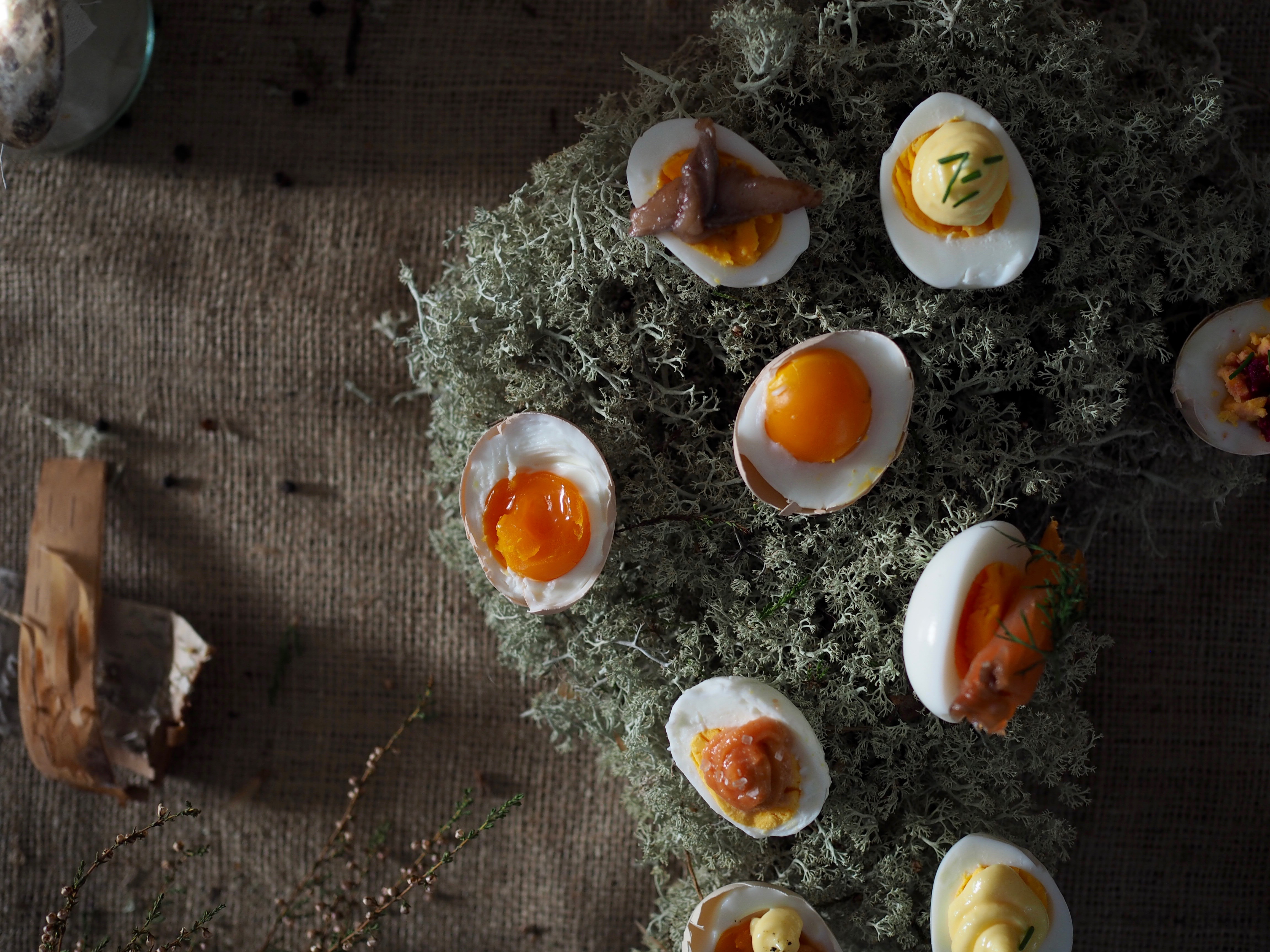
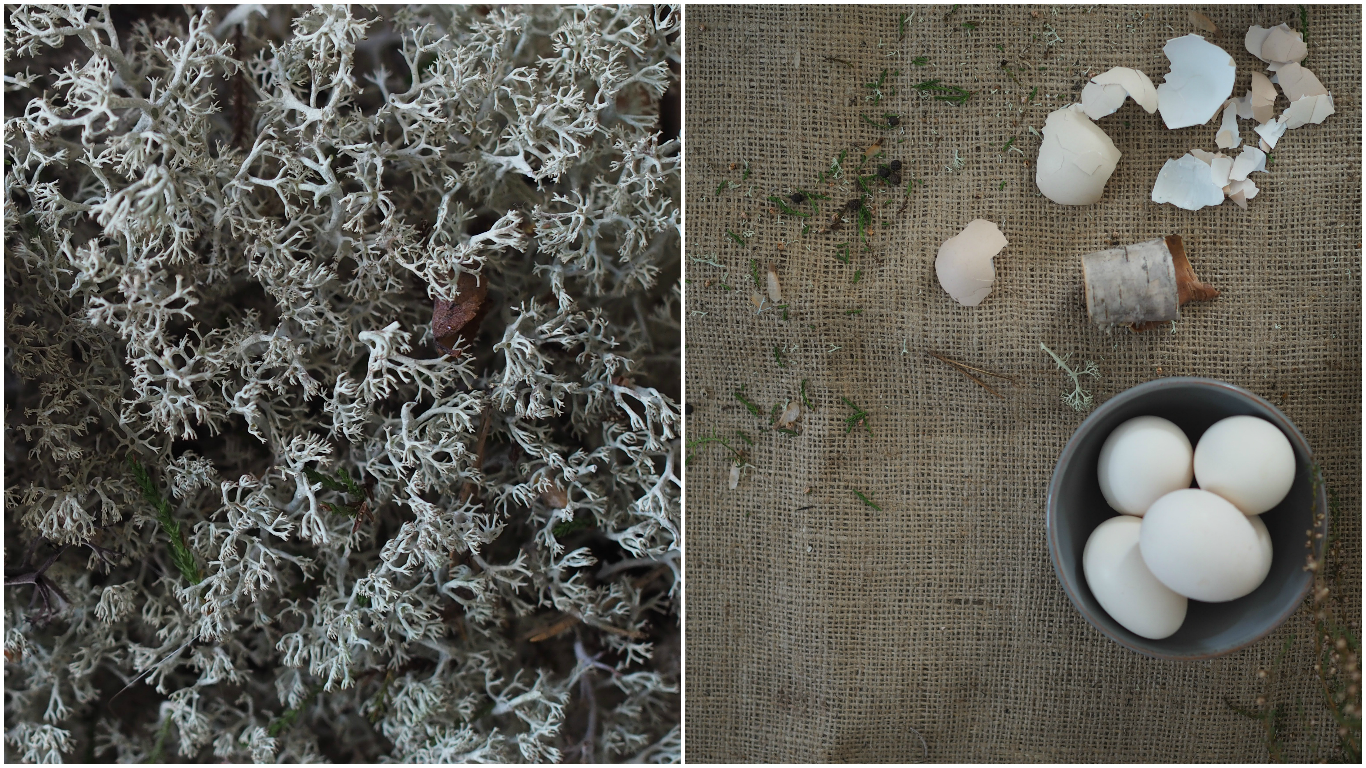 In Norway, a majority of families will feature the egg for Påske (Easter) breakfast. A table adorned in yellow and full of a selection of eggs, meats, breads, and a variety of toppings. The ultimate Norwegian breakfast buffet. Twice as many eggs will be consumed during this period alone in Norway -around 23 million eggs over five days. Therefore, featuring the egg in a variety of forms is key to keeping family and friends happy with their favorites.
In Norway, a majority of families will feature the egg for Påske (Easter) breakfast. A table adorned in yellow and full of a selection of eggs, meats, breads, and a variety of toppings. The ultimate Norwegian breakfast buffet. Twice as many eggs will be consumed during this period alone in Norway -around 23 million eggs over five days. Therefore, featuring the egg in a variety of forms is key to keeping family and friends happy with their favorites.
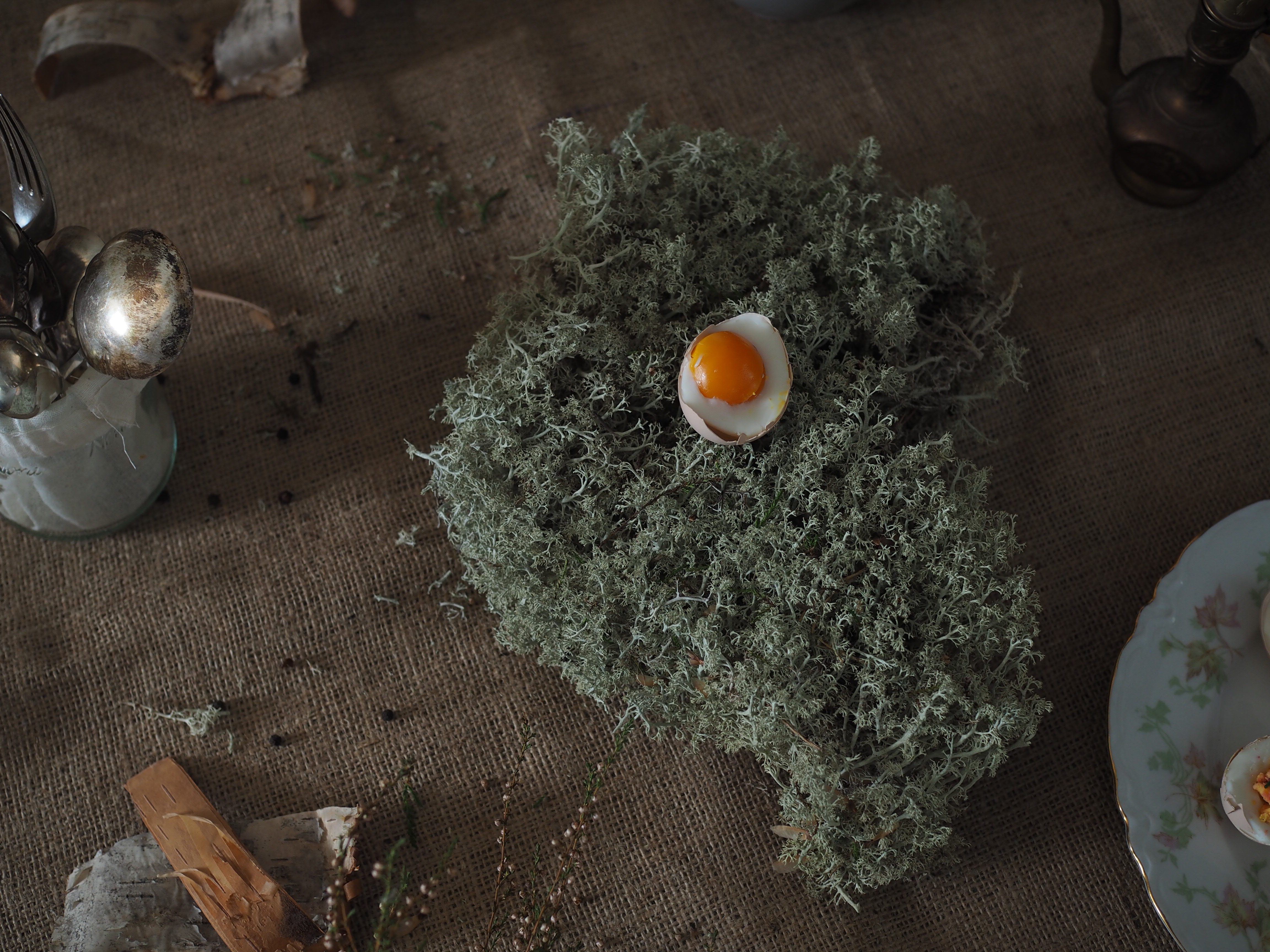
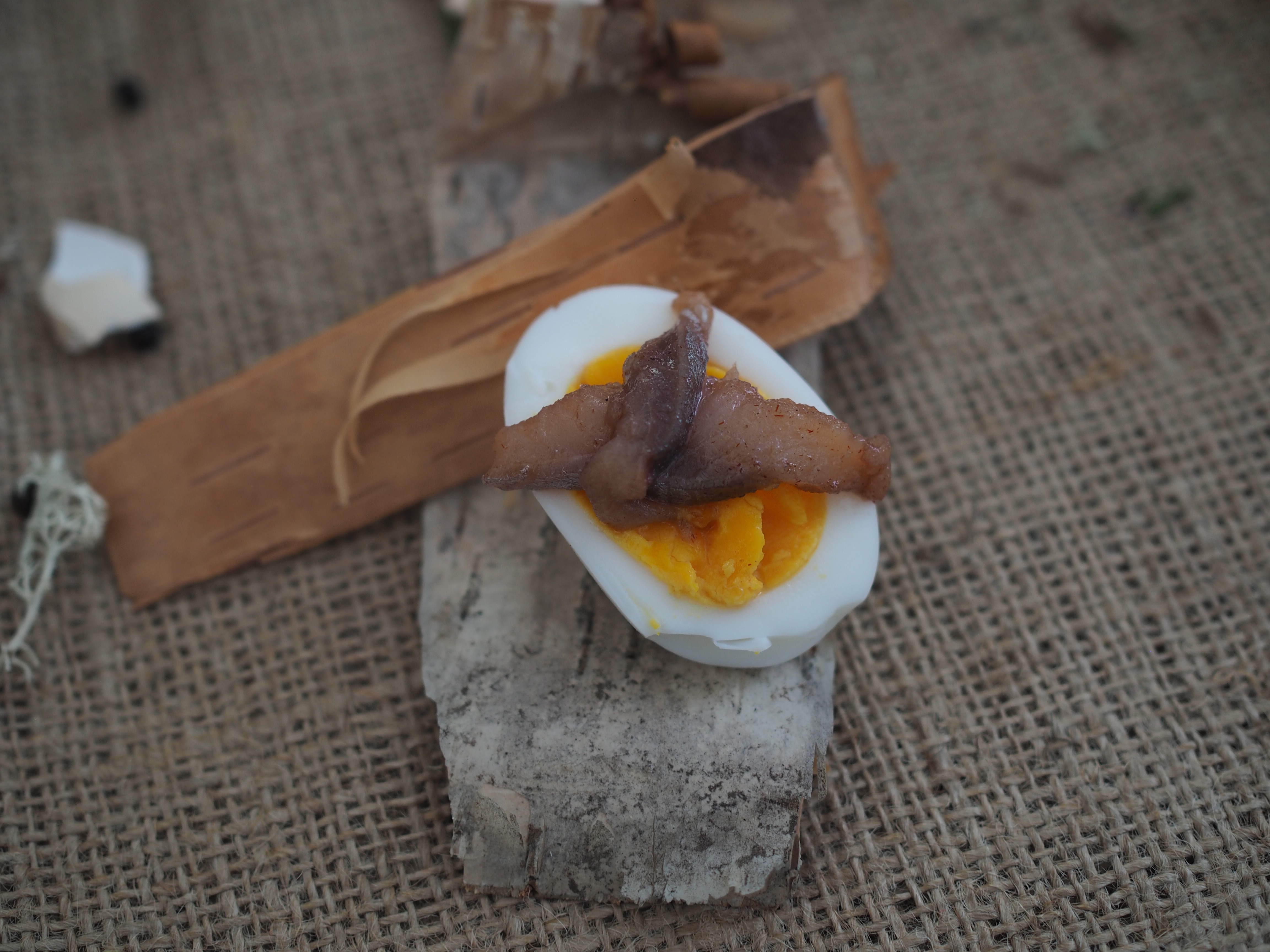
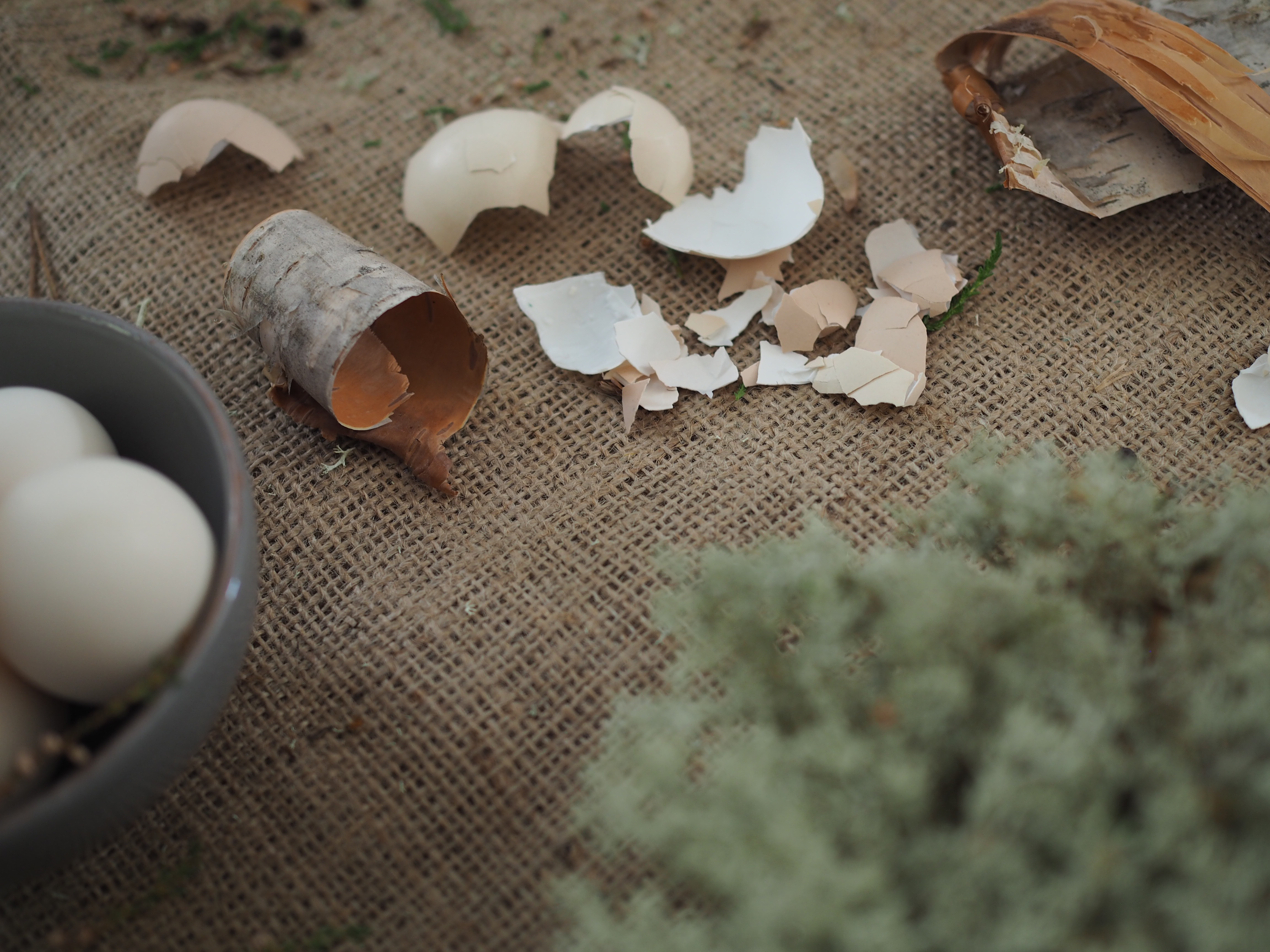

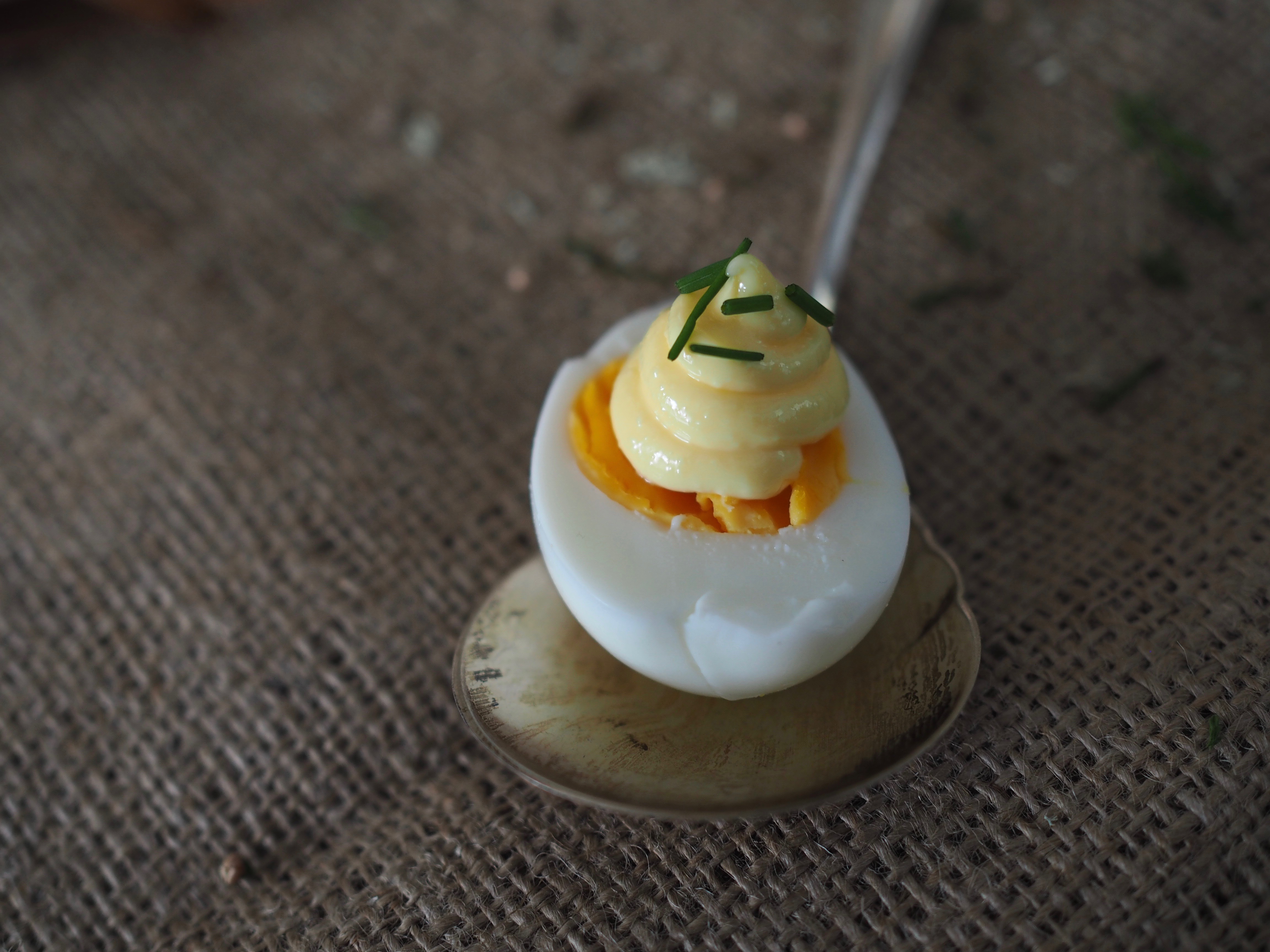
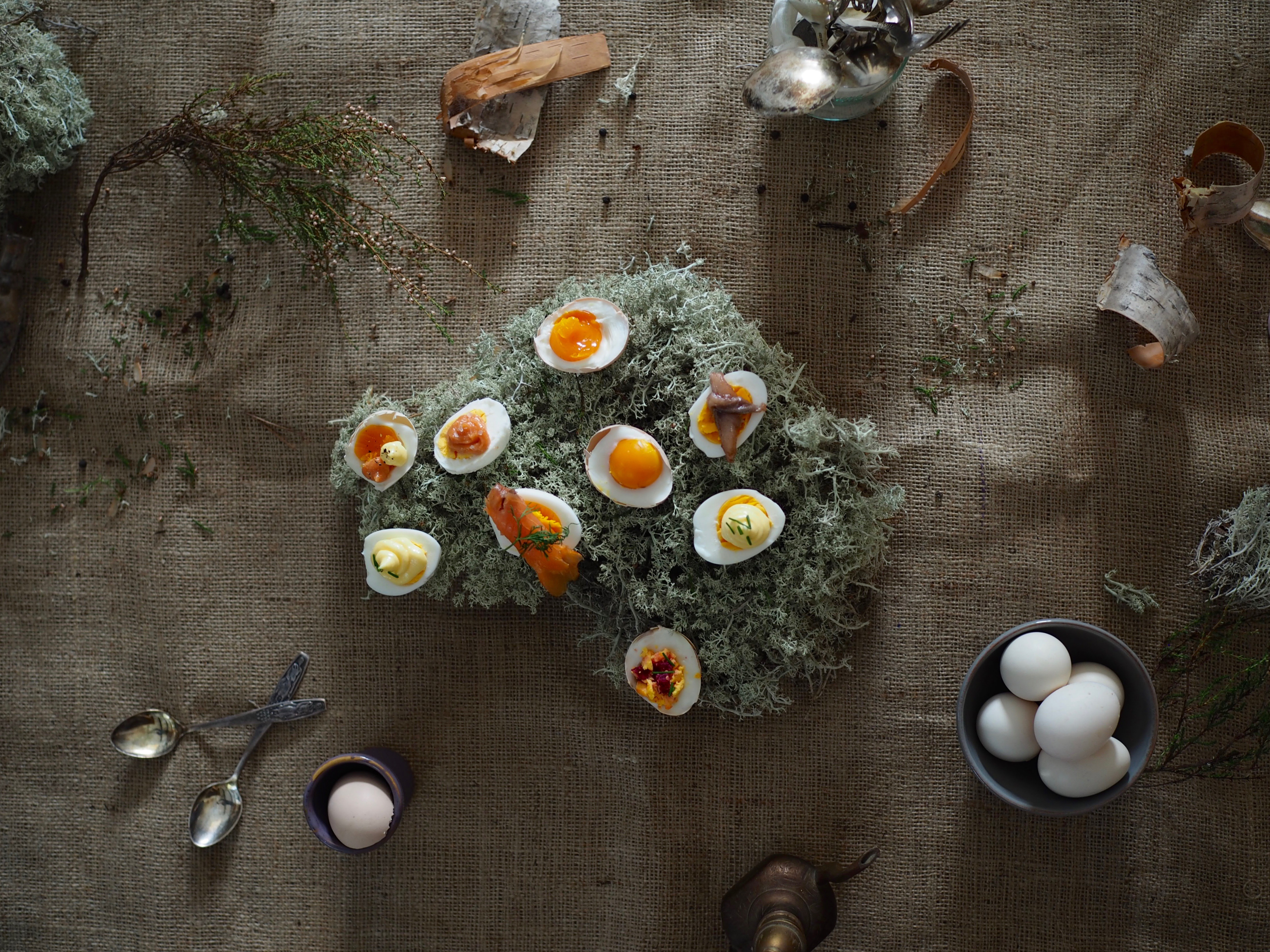 Soft boiled eggs, hard-boiled eggs, scrambled eggs, and everything else with eggs in between. I find it only appropriate to feature the egg, in some of its forms, for the Norwegian Påske breakfast table.
Soft boiled eggs, hard-boiled eggs, scrambled eggs, and everything else with eggs in between. I find it only appropriate to feature the egg, in some of its forms, for the Norwegian Påske breakfast table.
Eggs til Påskefrokost
Ingredients & toppings:
- Eggs
- Herring/sild
- Smoked salmon
- Gravlax
- Pickled beets
- Mayonnaise
- Mustard
- Kaviar/Caviar
- Dill
- Chives
- Butter
Serve with and/or atop fresh bread
Boiled Eggs:
- Soft boiled/ bløtkokt: 3-5 minutes (Runny to slightly runny eggs, barely set egg white)
- Medium boiled/ smilende: 6-8 minutter (Set white, but runny yolk)
- Hardboiled/ hardkokt eggs: around 10 minutes (Set white and yolk)
Place the eggs in a pan of cold water, covering them by about an inch.
Bring the water to a full boil over high heat, uncovered.
When boiling, immediately turn off the heat and cover the pan.
Leave the eggs in the covered pan for the amount of time desired for your choice of egg.
Scrambled Eggs:
Whisk eggs with the same number of Tb of milk (ex. 4 eggs, 4 Tb milk), season with salt and pepper. In a large frying pan, melt butter over medium heat. Add the egg mixture and with a spatula, stir the eggs until cooked through.
Deviled Eggs/ Djevelegg:
- 6 hard-boiled eggs
- 3 Tb mayonnaise
- 1 Tb mustard
- Salt & pepper
Cut eggs in half lengthwise, remove yolks and crush them with a fork. Mix yolks with the mayonnaise and mustard until creamy. Season with salt & pepper. Spoon the mixture back into the egg whites. Garnish with herbs, spices, or as desired.
Tips for eggs
- The eggshell retains heat , therefore rinse the eggs in cold water if not eaten immediately. Otherwise, the cooking process continues inside the egg.
- Hard-boiled eggs should be peeled relatively quickly after they are cooked.
- Eggs are best for cooking and baking when at room temperature.
Sources: Art of the egg, Naturfag, The kitchn
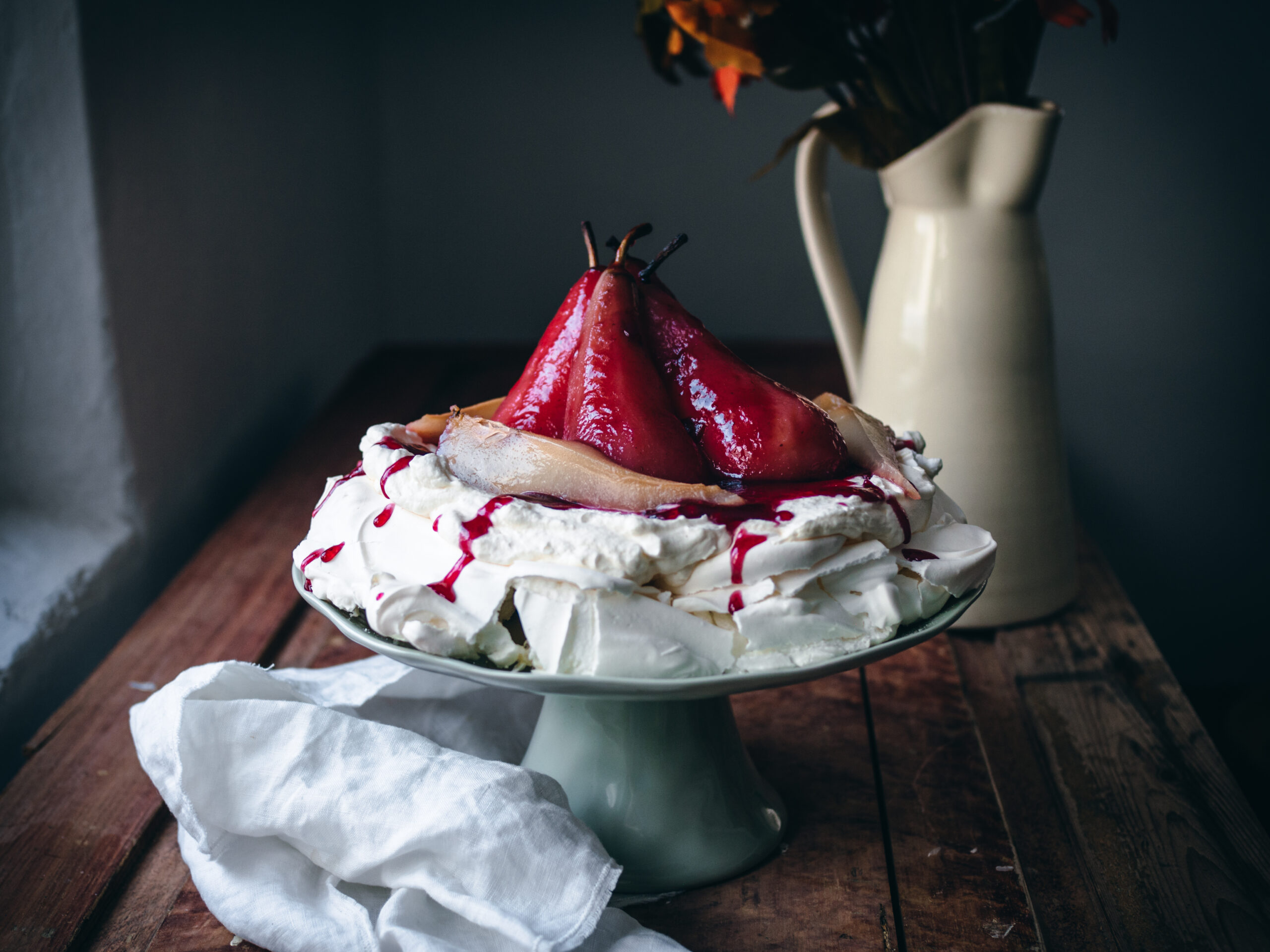

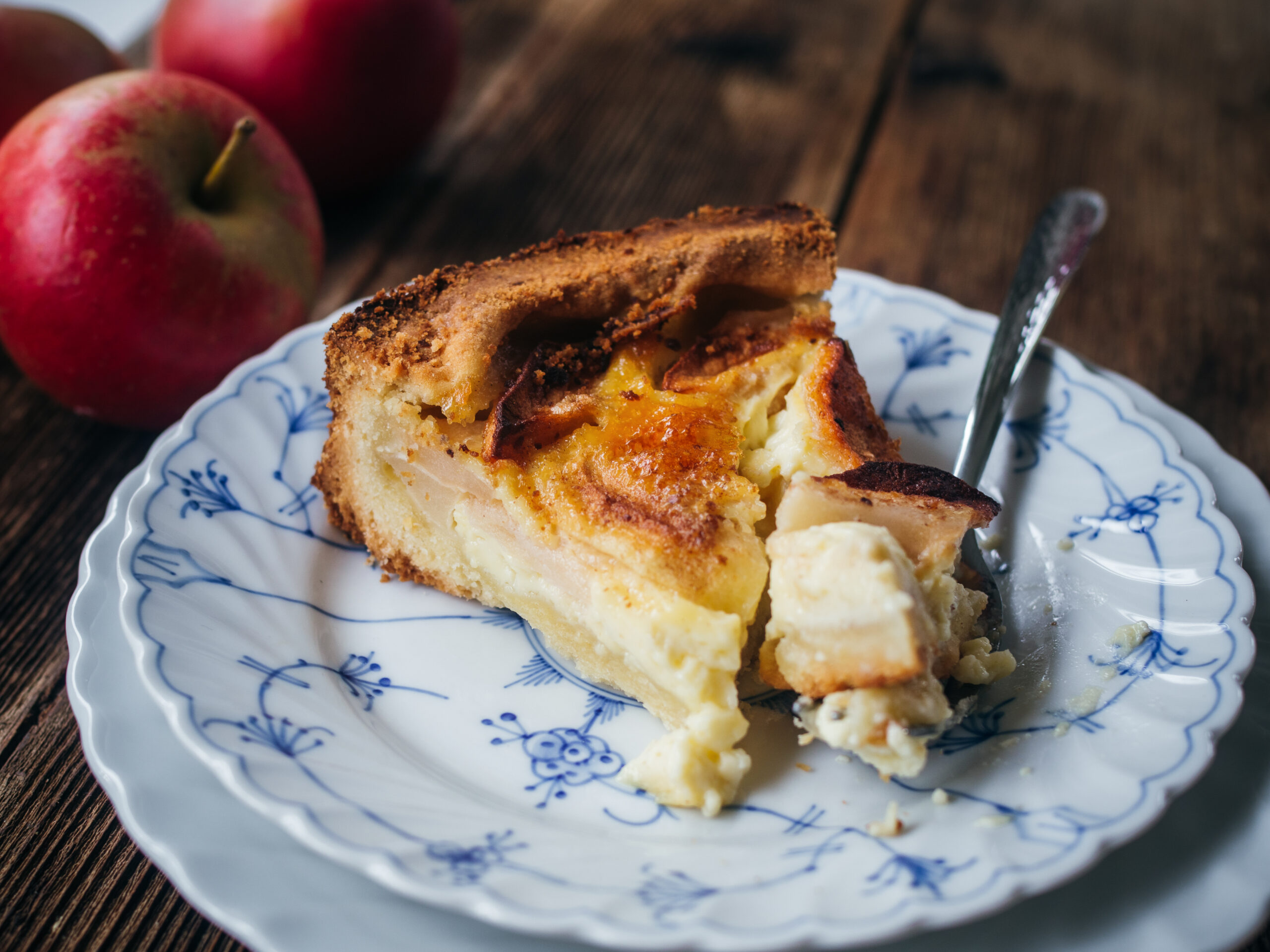
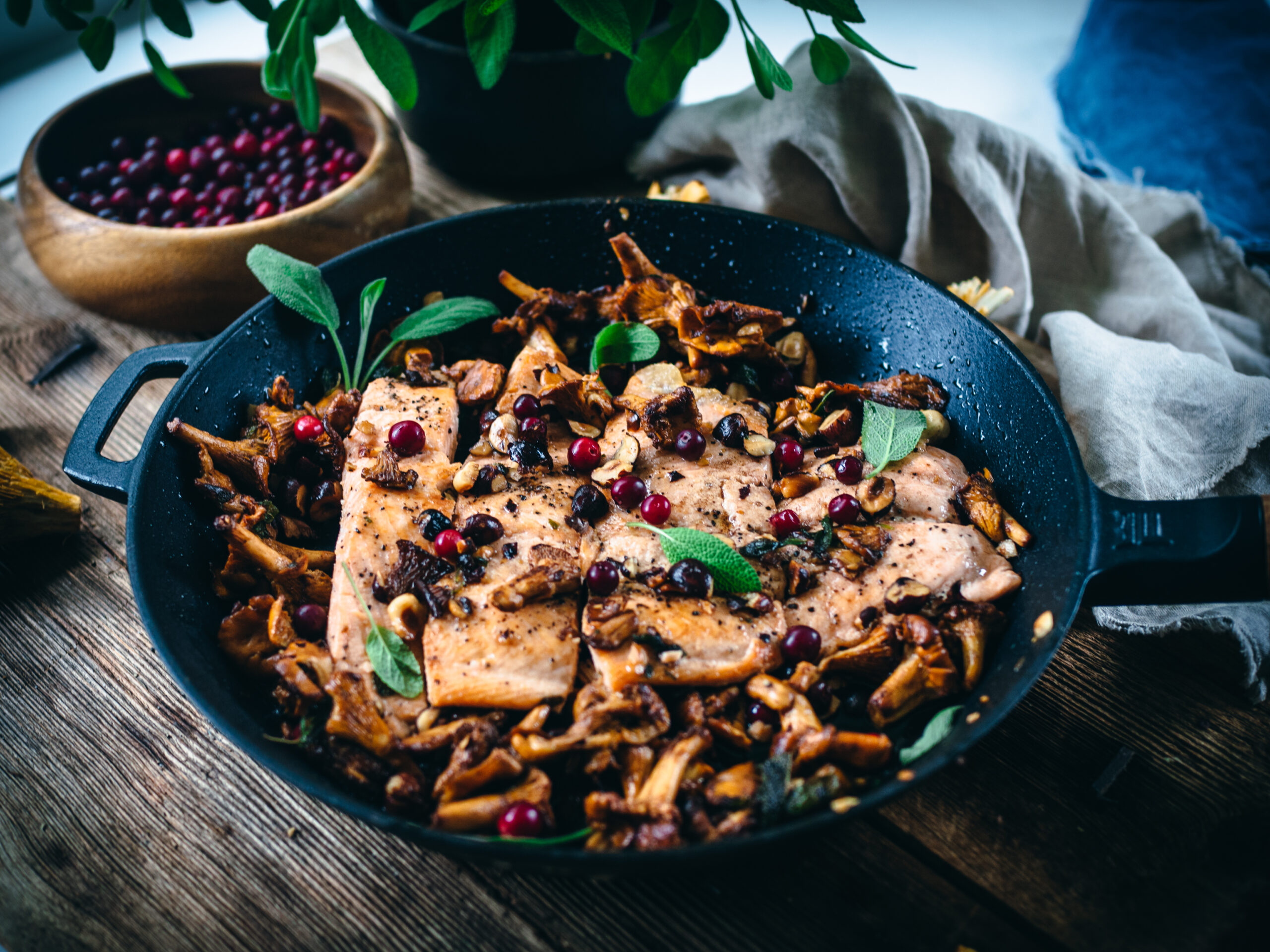
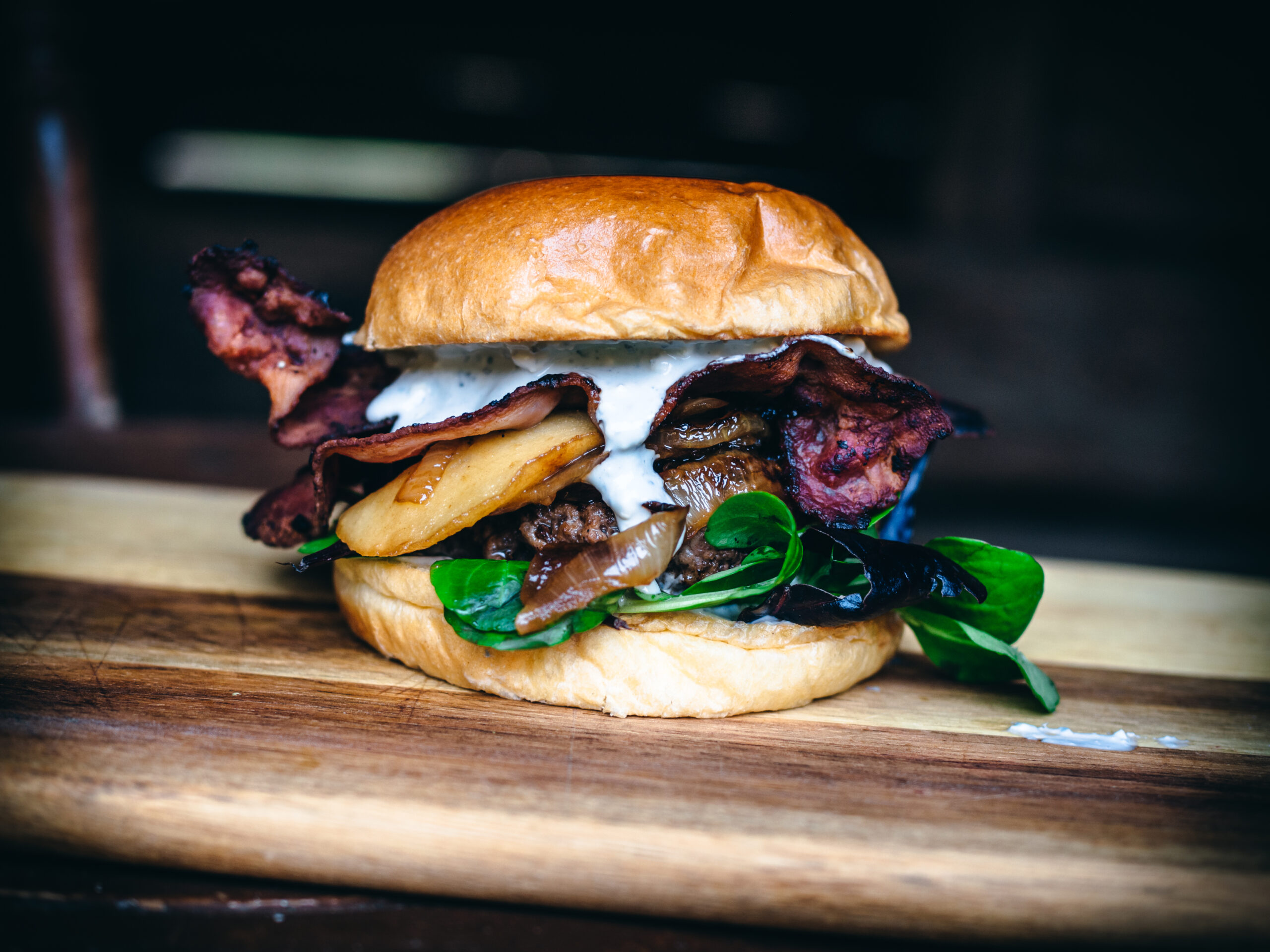
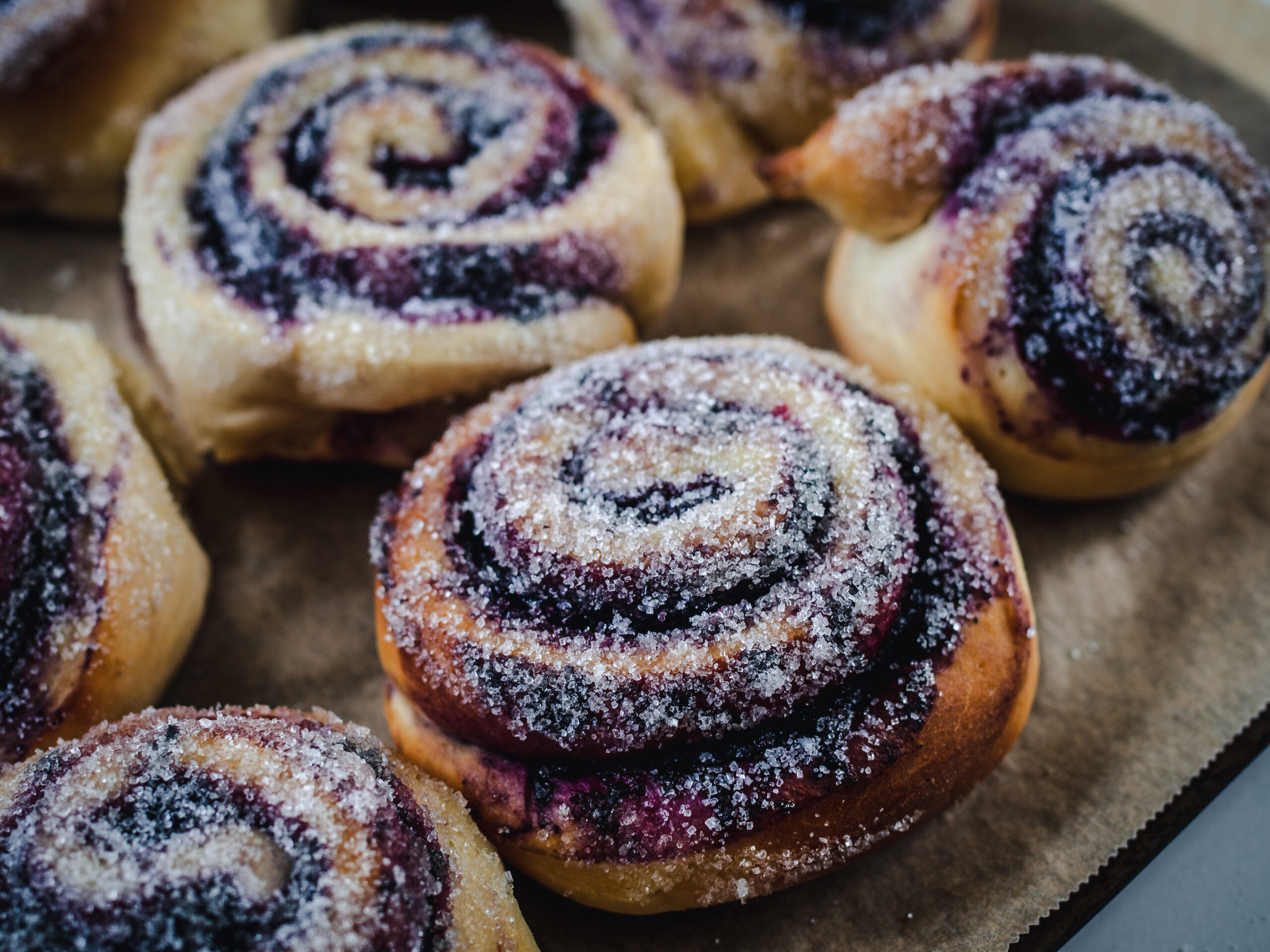
[…] Crime stories abounding, bowls of oranges on the table, and plenty of meals featuring lamb and eggs. It’s the culmination of a long winter and the looking forward to what lies […]